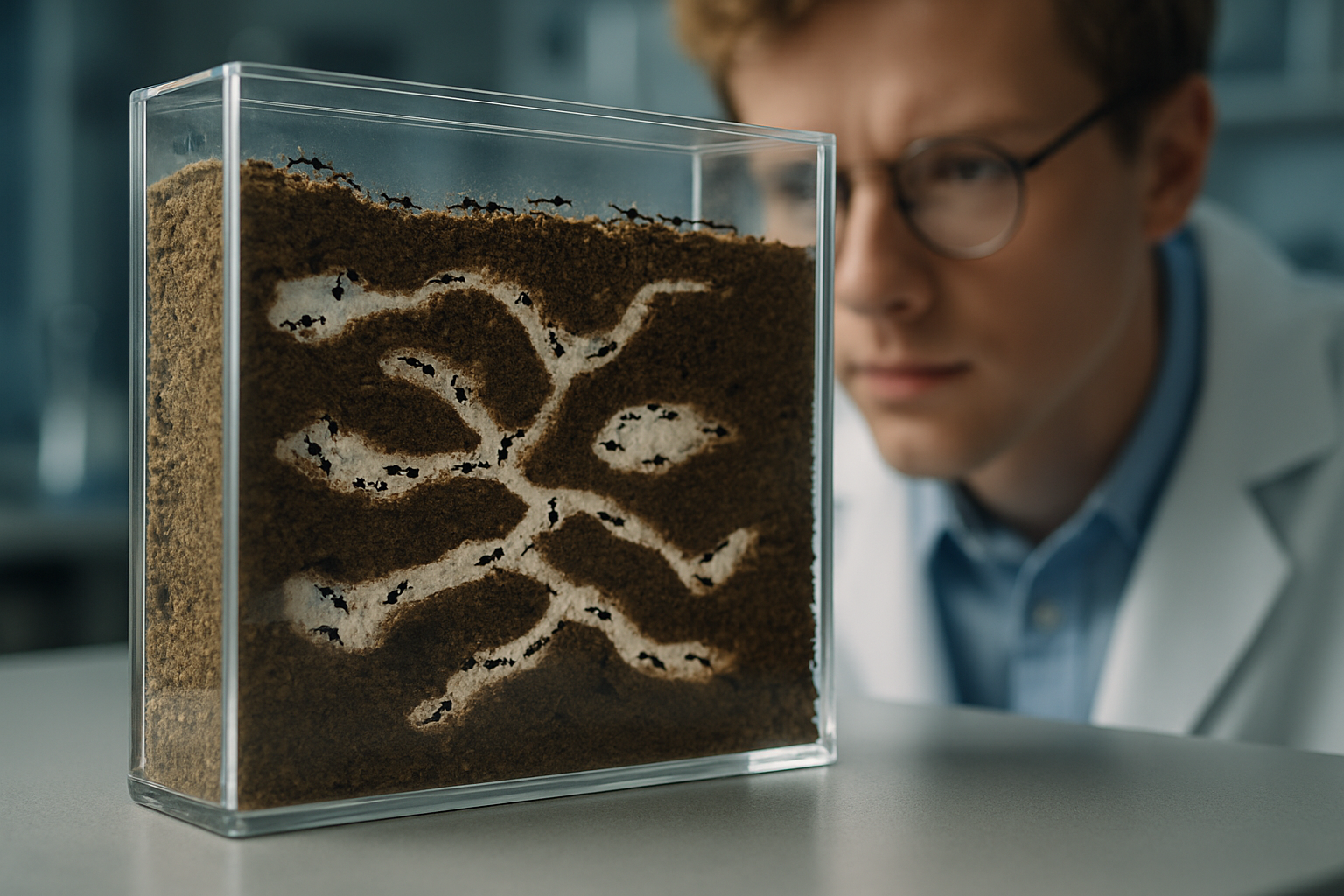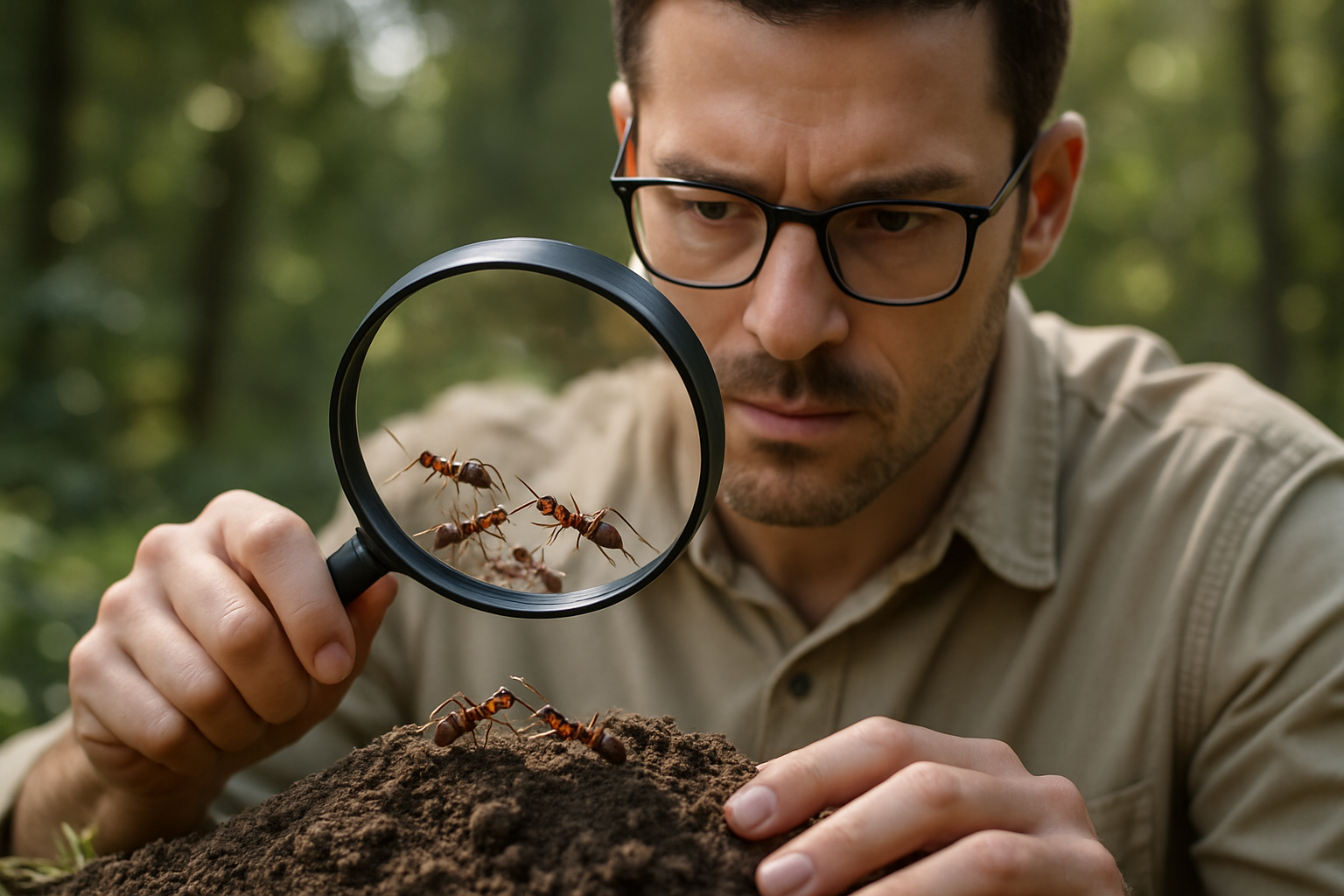Understanding the Intriguing World of Ant Farms
The pastime of ant farming has surged in popularity over recent years, giving insight into the complex social structures and industrious nature of these tiny creatures. This article dives into the fascinating world of ant farms, their historical context, recent trends, and the impact they have on the pet industry.

Historical Context of Ant Farms
Ant farms, originally known as formicariums, date back to the early 20th century. The first formicarium was invented in 1900 by Charles Janet, a French entomologist. Janet’s design aimed to mimic the ants’ natural habitat to study their behavior and social structure in a controlled environment. The modern version of the ant farm, with its trademark transparent panels, was popularized in the 1950s by Milton Levine, co-founder of Uncle Milton Industries. Levine’s version of the ant farm offered a unique window into the hidden world of ants, sparking curiosity and fascination among children and adults alike.
Current Trends in Ant Farming
Ant farming continues to evolve with new trends emerging, driven by advancements in technology and a growing interest in the tiny creatures. Customizable ant farms, for example, allow enthusiasts to tailor the environment to specific species’ needs. Additionally, there has been a rise in digital ant farms, which use augmented reality to create interactive experiences. This trend has not only made ant farming more accessible but also more sustainable, reducing the need for live ants to be captured and sold.
The Impact of Ant Farms on the Pet Industry
The resurgence of ant farming has had a significant impact on the pet industry. As a low-maintenance and educational pet option, ant farms are an appealing choice for families and individuals alike. They require less space, time, and financial commitment compared to traditional pets, making them an attractive alternative. The estimated price range for a basic ant farm setup can start as low as $20, going up to several hundred dollars for more advanced systems.
The Science Behind Ant Farms
Ant farms offer a unique opportunity to observe ants’ intricate social structures and behaviors. These insects communicate through pheromones, coordinate complex tasks, and even practice agriculture, cultivating fungus for food. Researchers have utilized ant farms to study these phenomena, contributing valuable insights to fields like sociology, organizational behavior, and even robotics.
The Future of Ant Farming
The future of ant farming looks promising, with ongoing advancements promising to enhance the hobby further. From environmentally controlled ecosystems to virtual reality experiences, the realm of ant farming continues to expand. As more people discover the intrigue of these tiny creatures, the popularity of ant farms is only set to grow.
From their inception in the early 20th century to their current incarnation, ant farms have captivated people’s curiosity, offering a glimpse into a world often overlooked. As we continue to explore the fascinating behaviors and social structures of ants, who knows what other insights these tiny creatures might reveal. Whether you’re a budding entomologist, a parent looking for an educational pet, or simply someone intrigued by the natural world, the world of ant farming has something to offer.





